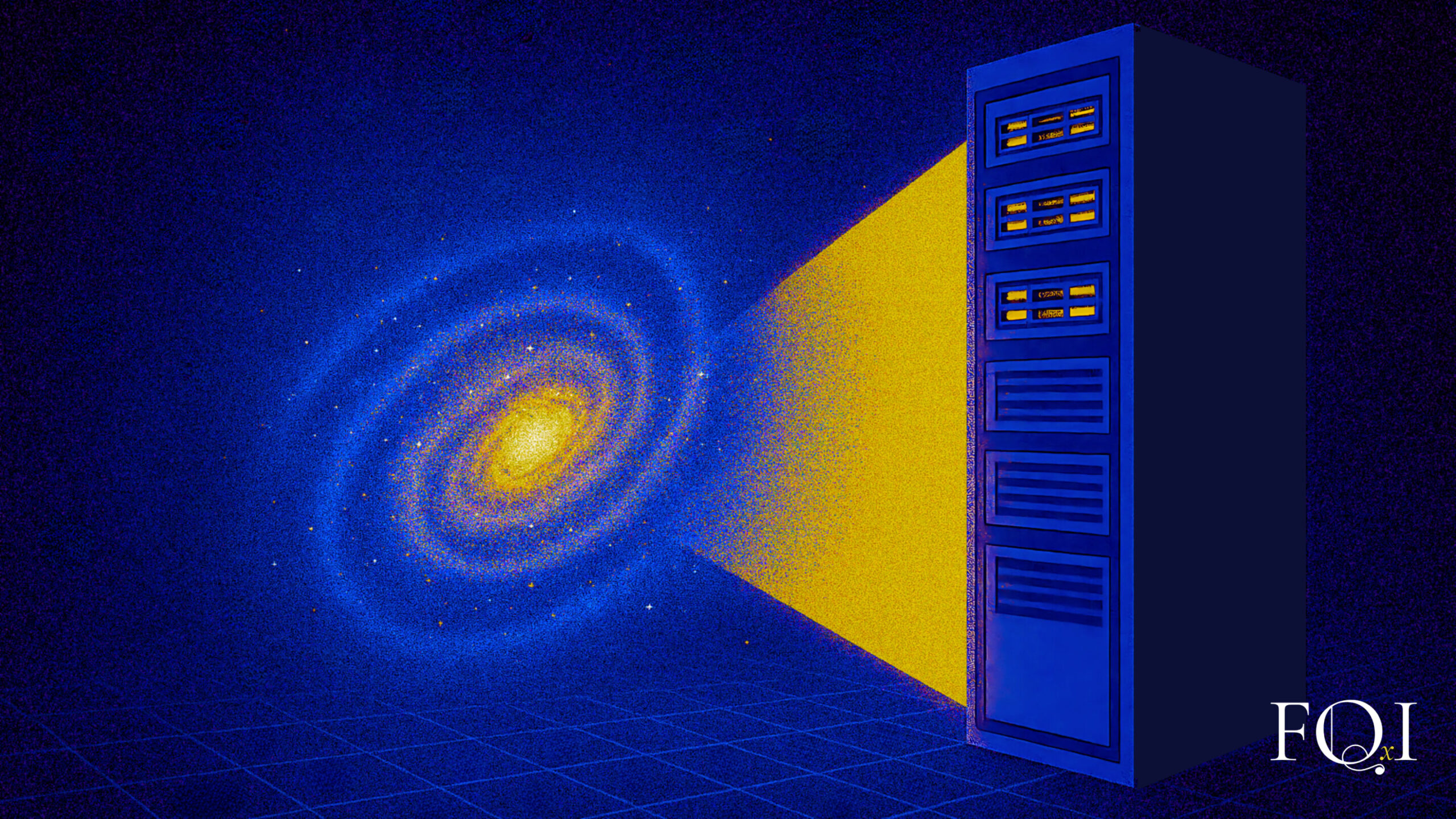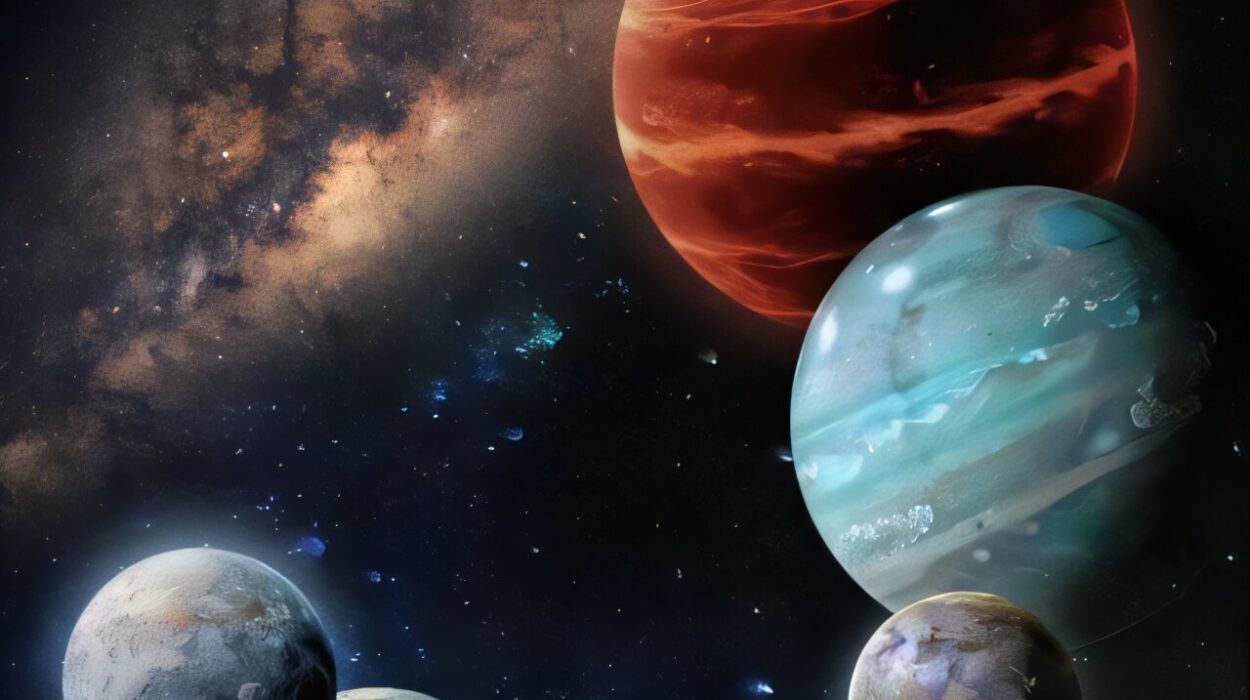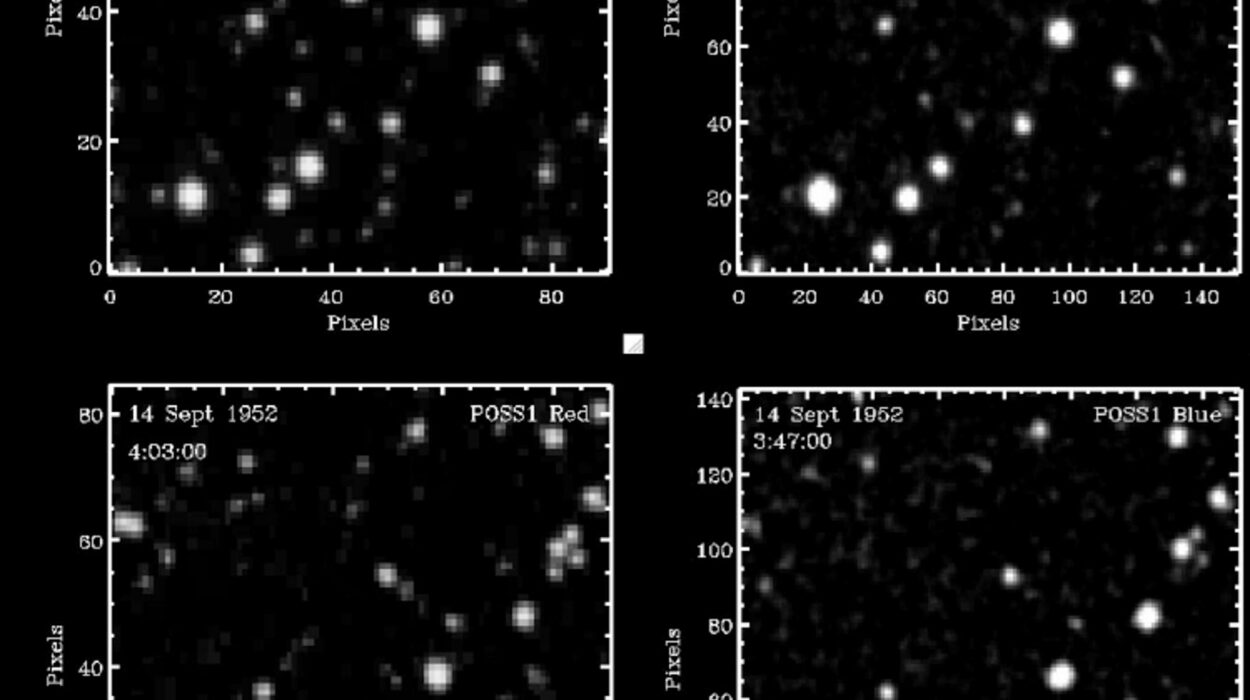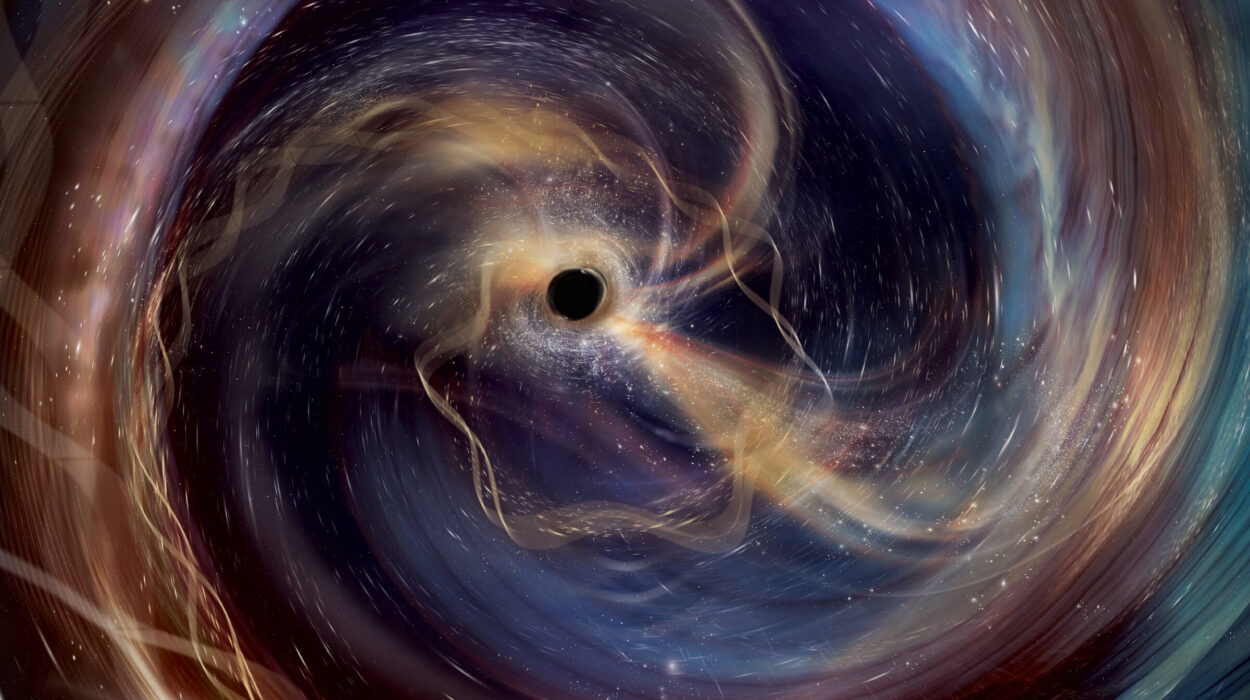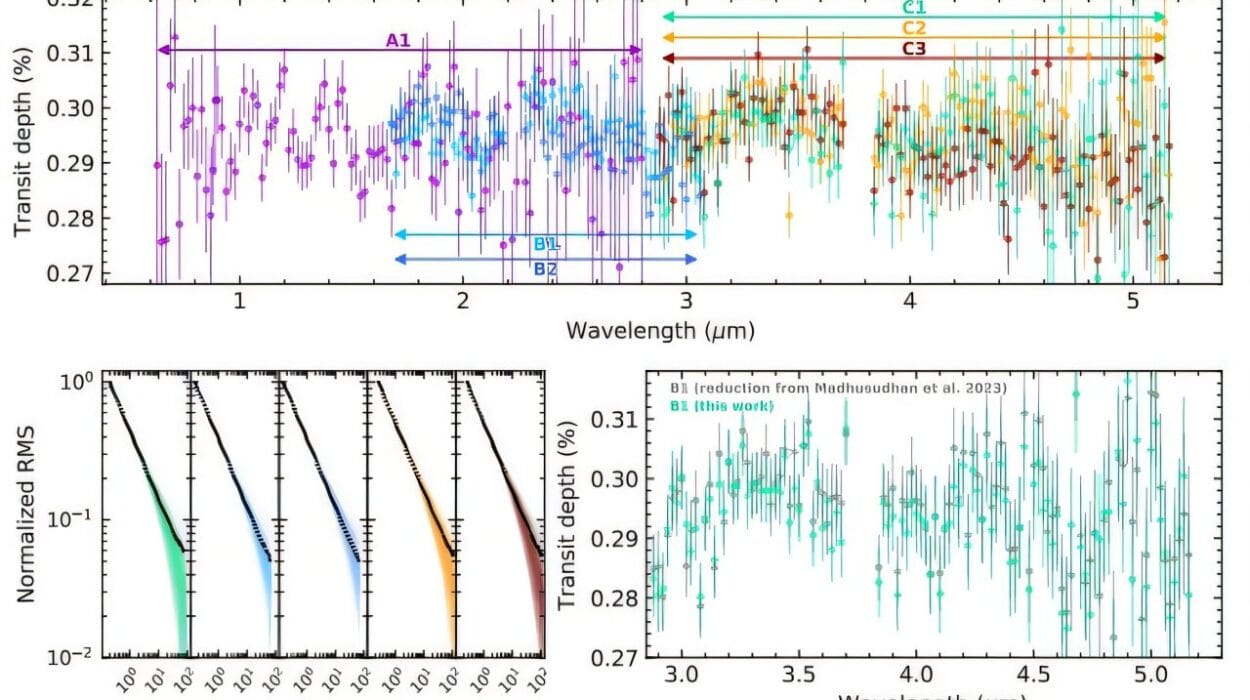“Don’t ask what happened before the Big Bang.” That’s the advice many cosmologists give, because according to standard physics, such a question is meaningless. The equations we use to describe space, time, and matter break down at the very beginning. At that point, our theories predict a singularity—an infinitely dense, infinitely hot state where known laws collapse into nonsense.
But a group of cosmologists and astrophysicists believes that the question is not meaningless at all. In a bold new paper published in Living Reviews in Relativity, Eugene Lim of King’s College London, together with Katy Clough of Queen Mary University of London and Josu Aurrekoetxea of Oxford University, argue that the path forward lies in harnessing an advanced computational approach called numerical relativity. Instead of relying on oversimplified equations or assumptions, numerical relativity uses raw computing power to simulate the universe in extreme conditions, bypassing the points where our traditional tools fail.
Their claim is ambitious: with this approach, we may finally probe some of the most profound mysteries in cosmology—whether our universe had a “before,” whether it might have collided with other universes, and even whether the cosmos itself could be cyclical, reborn in endless cycles of expansion and collapse.
Einstein’s Equations and the Wall of Singularity
At the heart of the problem lie Einstein’s equations of general relativity, the most elegant and successful description of gravity ever written. These equations explain how mass and energy bend spacetime, governing the motion of stars, planets, and galaxies. They predict black holes, gravitational waves, and the expansion of the universe itself.
Yet, as powerful as they are, Einstein’s equations have limits. If you trace the universe’s history back 13.8 billion years, the mathematics drives you toward a singularity—a point where density and temperature shoot to infinity. At this point, the equations stop working. It’s as if you’ve reached a cosmic brick wall.
For decades, cosmologists have sidestepped this problem by assuming the early universe was simple: smooth, uniform, and the same in every direction. This assumption—known as homogeneity and isotropy—makes Einstein’s equations solvable. And remarkably, it matches what we see in the universe today. The cosmic microwave background, the afterglow of the Big Bang, is nearly identical in every direction. Galaxies cluster evenly across vast regions of space. The universe, on large scales, really does look uniform.
But was it always so? Did the universe start off perfectly smooth? Or did we impose that symmetry because it was convenient?
Beyond the Lamppost
Lim uses an evocative metaphor: “You can search around the lamppost, but you can’t go far beyond the lamppost, where it’s dark—you just can’t solve those equations.”
The lamppost represents the assumptions we cling to—homogeneity, isotropy, and smoothness—because they give us neat, solvable mathematics. Beyond the circle of light lies the messy reality of an infant universe that may not have been so tidy.
This is where numerical relativity enters the story. Rather than forcing the universe into an overly simplified mold, numerical relativity allows scientists to brute-force their way through the math. Using vast computer simulations, researchers can approximate solutions to Einstein’s equations in scenarios too complex to handle analytically.
The technique was first imagined in the 1960s and 1970s as physicists wondered what would happen if two black holes collided. It was impossible to calculate with pencil and paper. The full solution finally emerged decades later, in 2005, paving the way for LIGO to detect gravitational waves in 2015—confirming Einstein’s predictions a century after he first made them.
Now, Lim and his colleagues want to bring the same computational firepower to cosmology itself.
The Puzzle of Inflation
One of the most tantalizing mysteries numerical relativity could help unravel is cosmic inflation. According to this idea, in the tiniest fraction of a second after the Big Bang, the universe underwent a mind-boggling growth spurt, ballooning faster than the speed of light. Inflation explains why the cosmos looks smooth and uniform today—stretching out initial irregularities until they were invisible.
But inflation raises as many questions as it answers. Why did the universe inflate? What caused it to start—and stop—so abruptly? And most troubling of all: to study inflation, cosmologists usually assume the universe was already homogeneous and isotropic. But wasn’t inflation supposed to explain that smoothness in the first place?
This circular logic has haunted cosmology for decades. Numerical relativity could finally break the loop. By simulating universes that start off lumpy, irregular, or chaotic, researchers can test whether inflation really smooths things out as predicted—or whether alternative theories are needed.
Cosmic Strings and Colliding Universes
The potential doesn’t end with inflation. Numerical relativity could allow us to test exotic ideas that have hovered at the edges of physics for years.
One such idea involves cosmic strings—thin, unimaginably dense filaments of energy that might be leftover scars from the early universe. If they exist, cosmic strings could ripple through spacetime, generating unique gravitational wave signatures. Simulations might reveal what those signals look like, giving us a way to hunt for them with detectors like LIGO and its successors.
Another possibility is the multiverse—the notion that our universe is just one bubble in a vast cosmic foam. If universes can collide, the bruises of those collisions might still be visible in the cosmic microwave background. Numerical relativity could predict what such bruises should look like, guiding astronomers on what to search for.
And then there is perhaps the most audacious idea of all: a universe before the Big Bang. If spacetime is cyclical, the Big Bang may not have been the beginning but a bounce—an explosion following the collapse of a previous cosmos. Einstein’s equations resist such scenarios when treated with symmetry assumptions. But brute-force simulations could illuminate how a contracting universe transitions into a new expansion.
The Supercomputer Revolution
The challenge is that numerical relativity is computationally brutal. Simulating just two black holes merging requires months of supercomputer time. Simulating an entire universe, with all its chaotic conditions, demands even more.
But computing power continues to climb. Each new generation of supercomputers allows researchers to push the boundaries further. Lim and his colleagues envision a future where cosmologists routinely run universe-scale simulations, exploring cosmic origins the way today’s scientists model hurricanes or protein folding.
As these methods mature, they could build a bridge between cosmologists and numerical relativists, creating a shared toolkit for questions once deemed unanswerable.
A New Dawn for Cosmology
For centuries, humans have looked up at the night sky and wondered: Where did it all come from? What came before? Until now, science’s best answer was that such questions were beyond reach. But with the rise of numerical relativity, the darkness beyond the lamppost is finally becoming visible.
Perhaps the universe has siblings. Perhaps it has scars. Perhaps it has lived many lives before ours. Whatever the answers, they will reshape not just physics but our place in the cosmic story.
And in that pursuit, Einstein’s equations, solved not by chalk on a blackboard but by the raw power of machines, may yet reveal the greatest secrets of all.
More information: Josu C. Aurrekoetxea et al, Cosmology using numerical relativity, Living Reviews in Relativity (2025). DOI: 10.1007/s41114-025-00058-z
